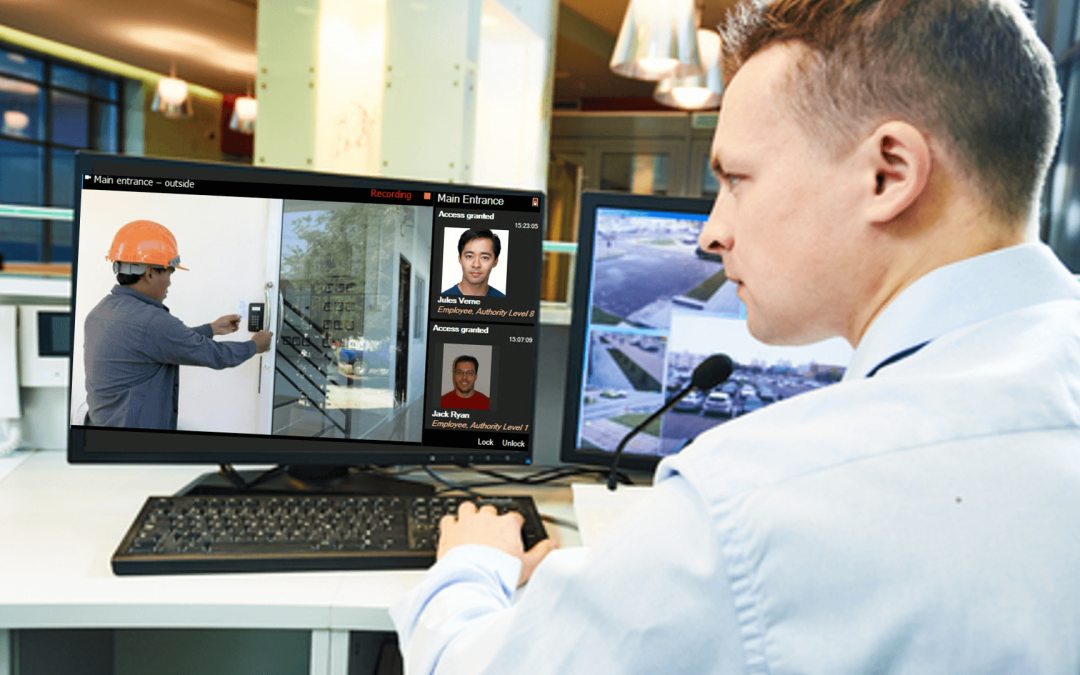One of the biggest trends in security today is the integration between video surveillance and access control. Product vendors and systems integrators are working to bridge the gap between these two systems to provide users with a higher security level and a more efficient and user-friendly experience. Watch the below overview video or continue reading.
Integrated video surveillance and access control allow you to see critical information from both systems in a single interface. As seen below, the access control information can be seen overlaying video surveillance:
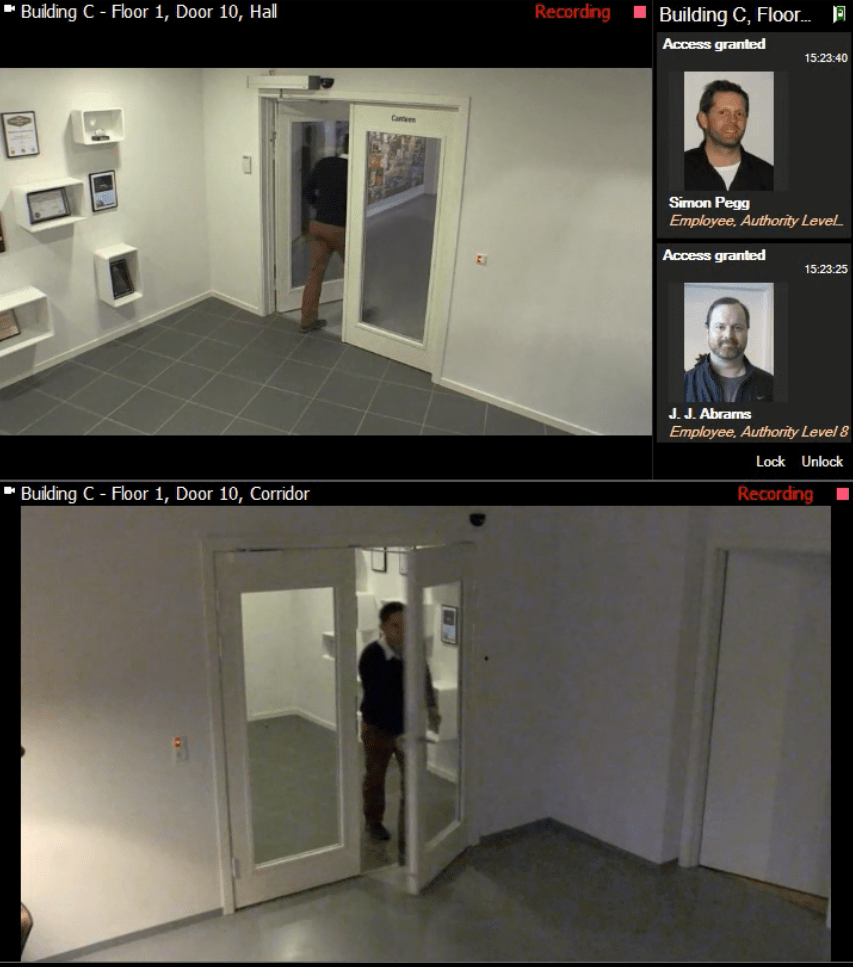
The layout can vary based on a company’s needs. Still, the goal is to make it easy and effective for an operator to verify that someone attempting to enter a location is properly authorized. This is not limited to physical areas, as integration can also be used to monitor networks and systems, such as IT personnel verifying that an employee attempting to log into a network is authorized to do so.
In the past, most security systems operated independently of each other. This made integration more costly, less efficient, and a hassle to manage. Also, every system was specified and installed by a different person; architects chose locking hardware, while security consultants chose electronic access controls and monitoring services. The fire engineer would always select the alarm. Integration of these services is still new but is quickly gaining momentum.
An integrated security system takes multi-layered security systems and integrates them into a common platform. Anyone can see the centralization and resulting ease-of-use by comparing the two images below:
A Non-Integrated Approach
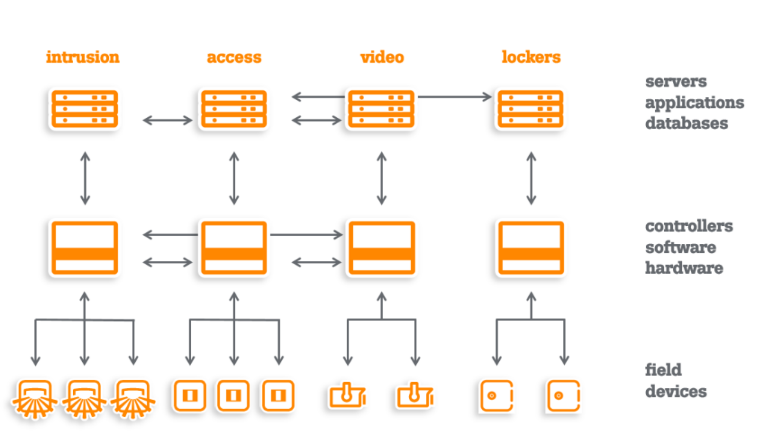
An Integrated Approach
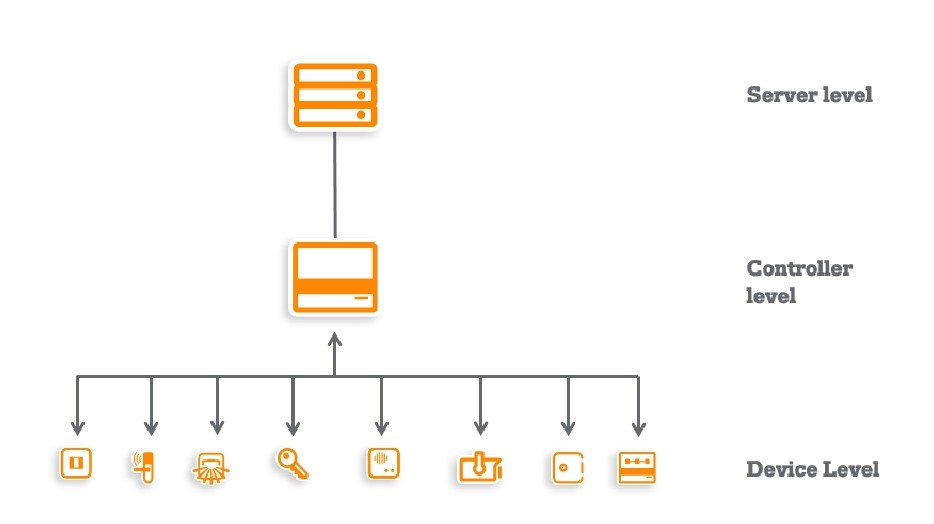
Integration of video surveillance and access control provides an efficient and user-friendly system that is becoming imperative for various businesses. Whether the security risk is a former employee trying to enter without valid access, an attempted break-in, or employees trying to log into a network they do not have access to, integrated security offers a practical and easy-to-use solution. Below are the top 5 reasons to integrate video surveillance and access control.
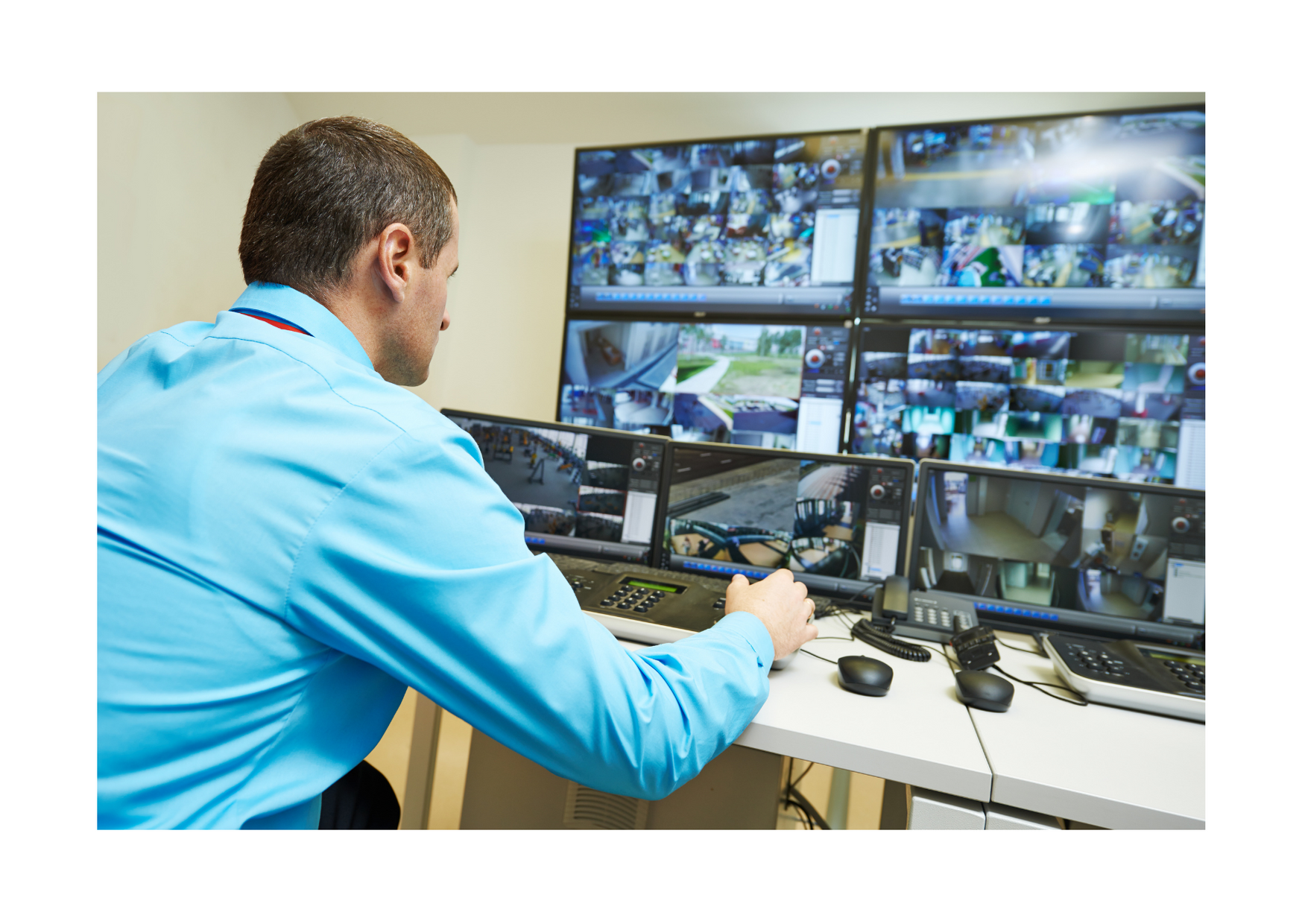
1. Efficiency
With an integrated system, all operations can become streamlined. Surveillance and access control information can be viewed from a single interface at a workstation or even on your smartphone with a simple app. The software and hardware work seamlessly together, and the system is designed to be both more effective and easier to use. An integrated system also saves time by reducing the effort of learning how to operate multiple systems together. Once your system is connected, it will also be less expensive for you to make upgrades. Instead of updating each part of your system, you’ll be able to perform one single upgrade to the system. This saves time and money and means that upgrades will require fewer people to be involved.
With an integrated system, tracking an individual through a building is easy because instead of just using video, you can rely on a key-card system and video surveillance. Some systems can even put a tag over an individual’s head, making it easy for anyone to follow accurately. Integration is faster, more effective, more consistent, and more efficient to your time and cost.
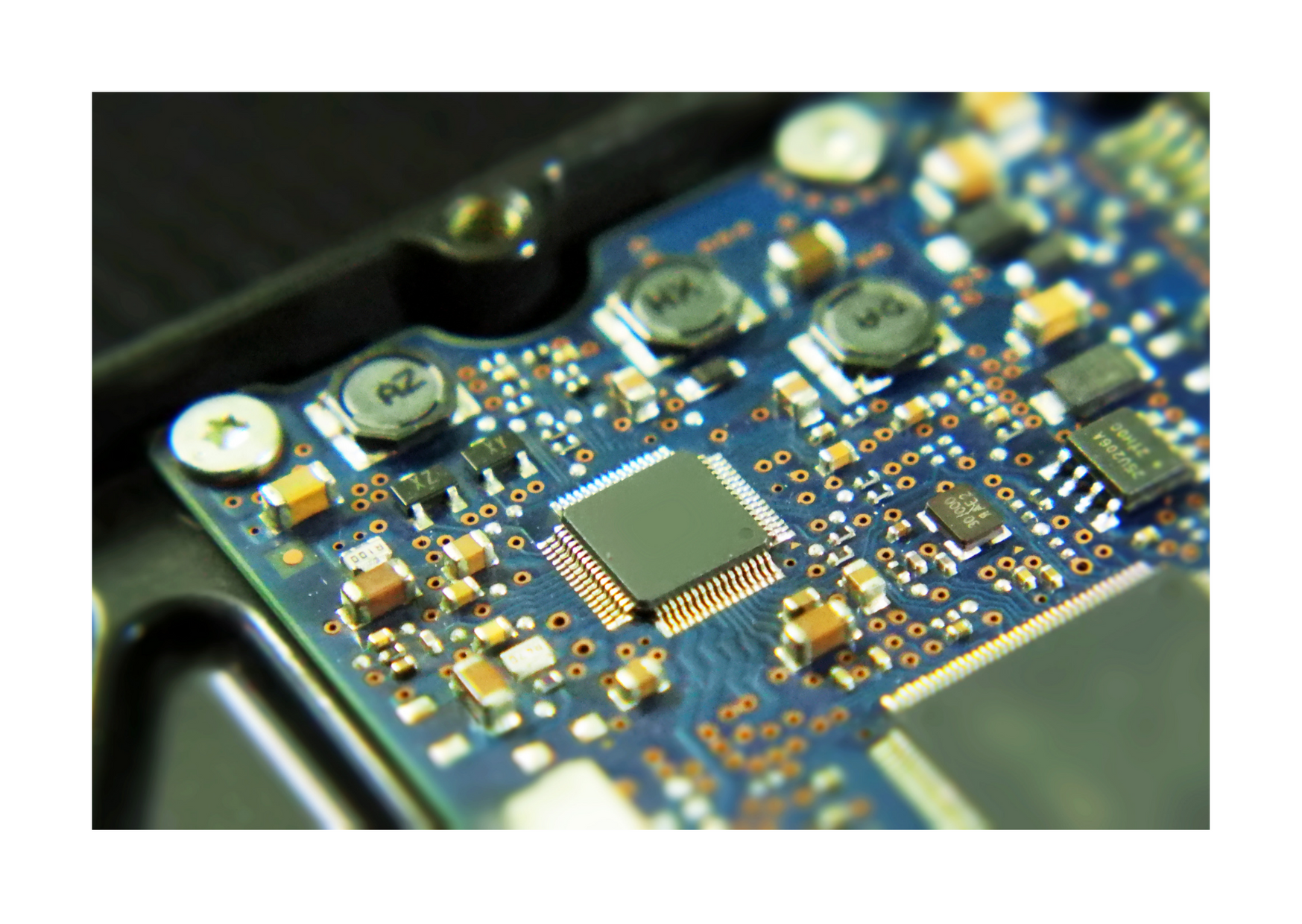
2. Improved Safety
An integrated system improves safety and mitigates risk more effectively. By combining video surveillance and access control systems, you can address incidents as they arise. You can also have alarms or a PA linked through the same system as video surveillance. Tailgating can be addressed immediately. Fires can be located and put out accurately and quickly.
You can track people moving through a site with guaranteed accuracy. Doors can be locked or unlocked automatically or manually. Whether it’s following verified visitors or monitoring employees during an evacuation, you can be sure of the numbers of people, their locations, and other critical information by integrating video surveillance with access control.
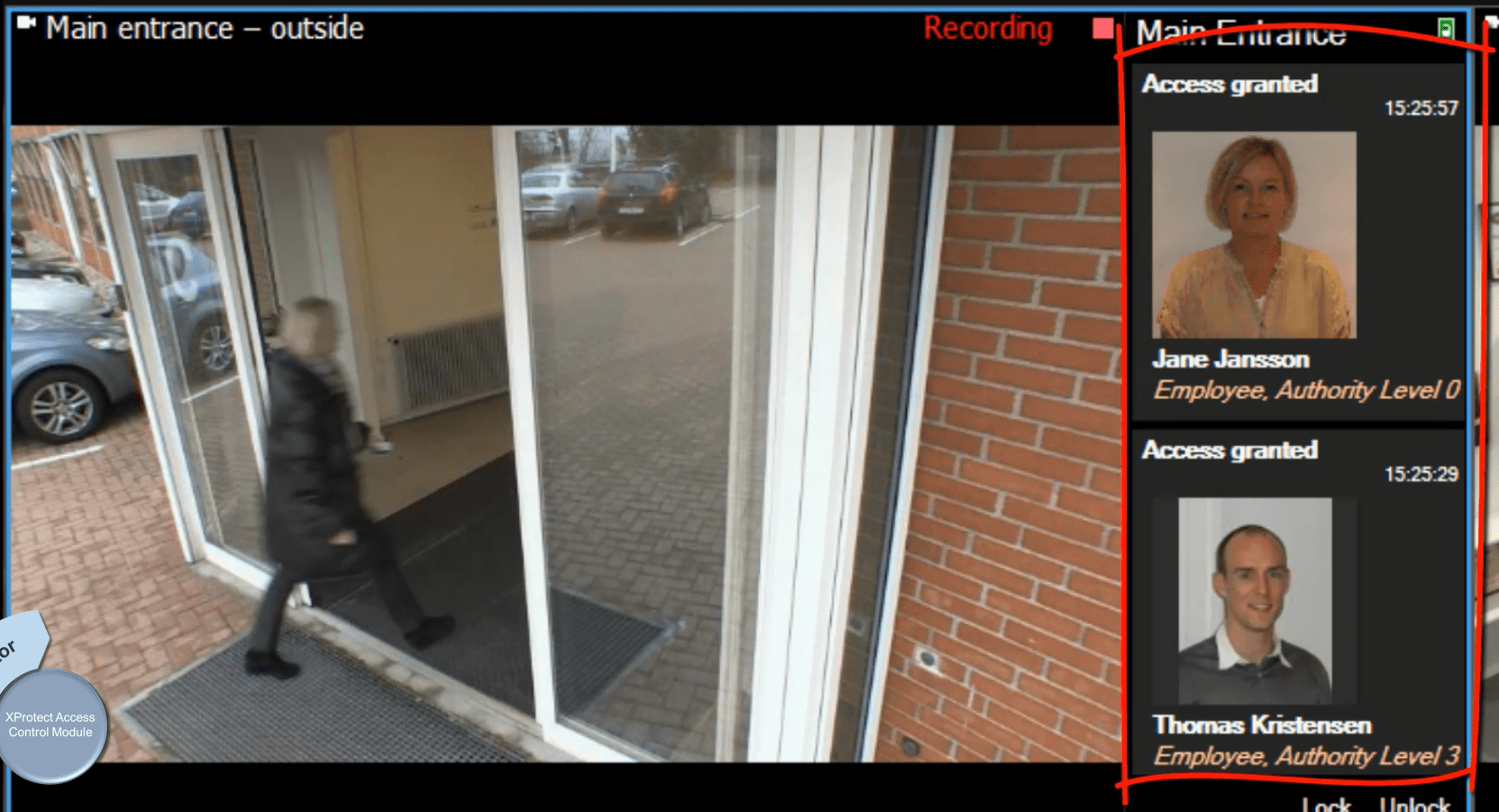
3. Real-Time Monitoring
An integrated system allows you to see everything at once, and this is not limited to just one site. You can view access control information on the same interface as the video, rather than linking events and reports later. So that you can react to situations as they happen. If you can address concerns in real-time, you will have fewer security incidents over time.
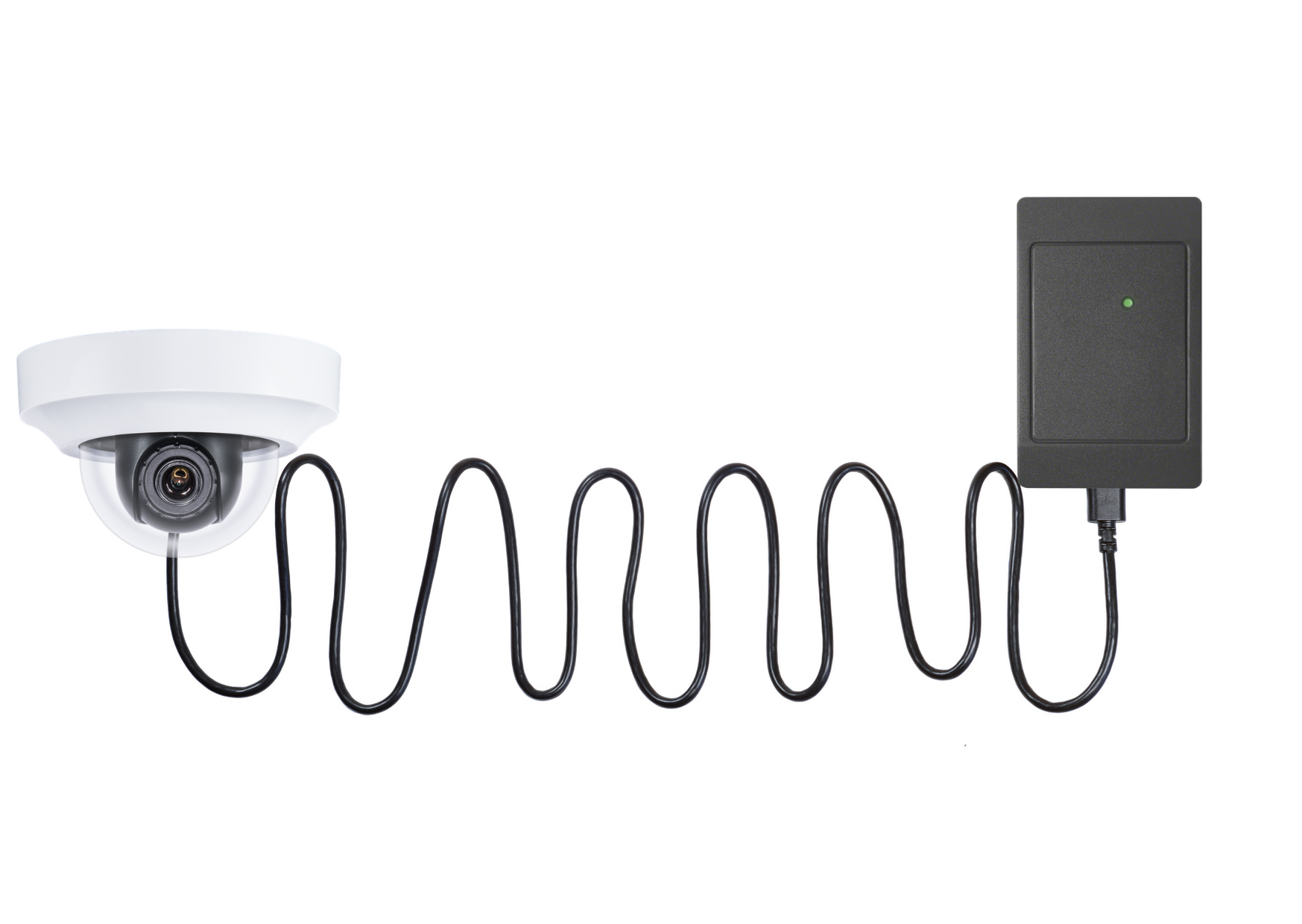
4. Centralization
Integrating video surveillance and access control centralizes multiple operations, which results in more efficient and effective security. This also grants an ease-of-use factor that reduces time spent training and becomes familiar with various systems and how they work together.
Historically, separate platforms were needed for each technology involved in a business’s security operations. With modern integrated systems, you need only one interface to view any security event in real-time. Management does not have to speak to every area involved in an event. Instead, all relevant information is found immediately in one interface.
A centralized system also makes upgrades and training more efficient, saving your company time and money. On top of all that, it allows for a more organized and easy-to-use workflow.

5. Data Collection
A centralized system allows for more efficient data collection, as well as improved security measures. This results in more effective identification of weaknesses, such as doors where tailgating is common or areas in a store where theft is more likely. Once these problem areas are identified, you can quickly address these issues. An integrated system makes it easier to gather data, which means more effectively solving security problems.
Are you still not convinced that integrating video surveillance and access control systems is the right choice for your facility?
Let’s consider this scenario: A business experienced an overnight theft in its office. After finding out about the incident, the security admin checks the door access control system and finds the only person who entered the building overnight was a current employee, according to the name on the credential. Now, suppose the business would have integrated video surveillance to support their access control evidence. In that case, they could access the recorded video feed when the employee’s credential was scanned and view the footage as proof that it was, in fact, not them entering the facility.
Conclusion
Interoperable systems were once a luxury reserved for the largest and most complex companies. Today, integrated systems are becoming imperative for many businesses. Integration is becoming more common every year, and the pros now outweigh the cons for most companies.
Umbrella Technologies can provide you the best-integrated security solution that meets your business needs and budget. Contact us today for a Free Consultation!

